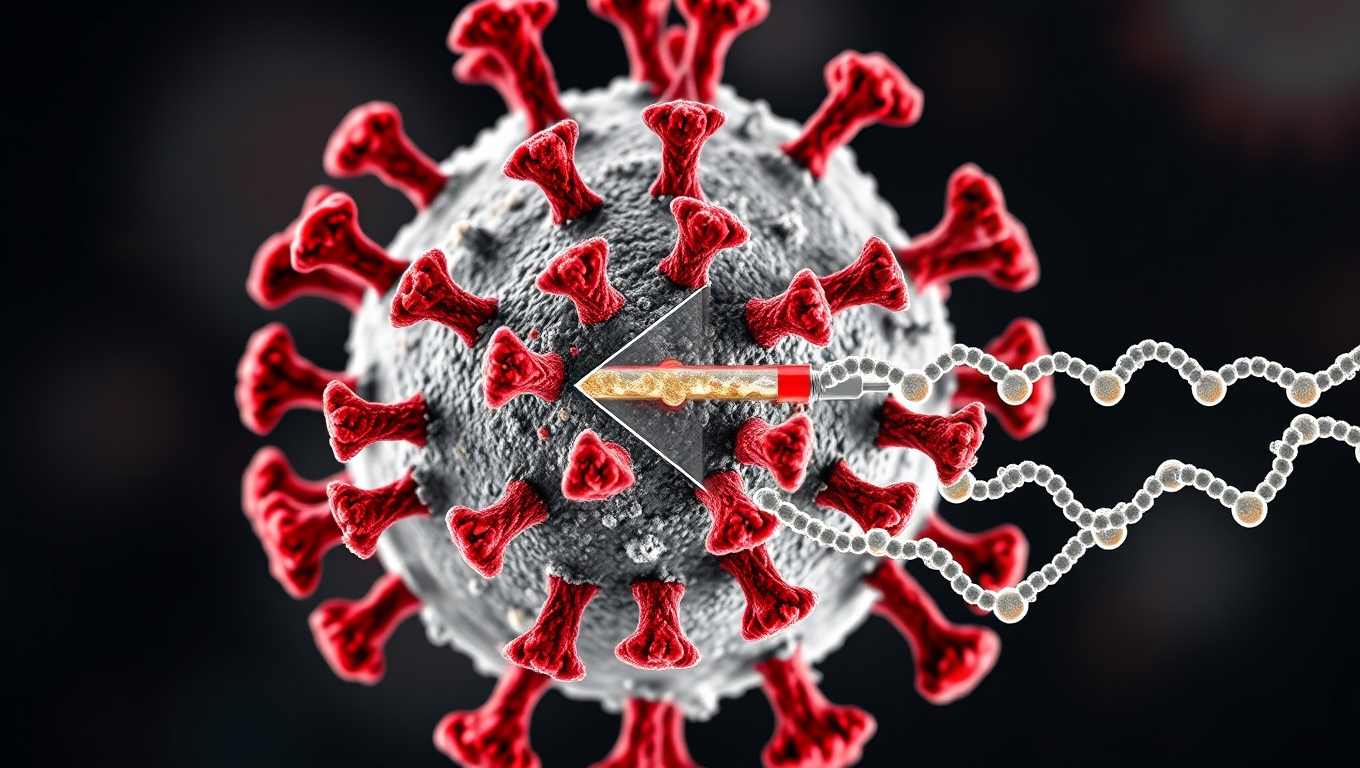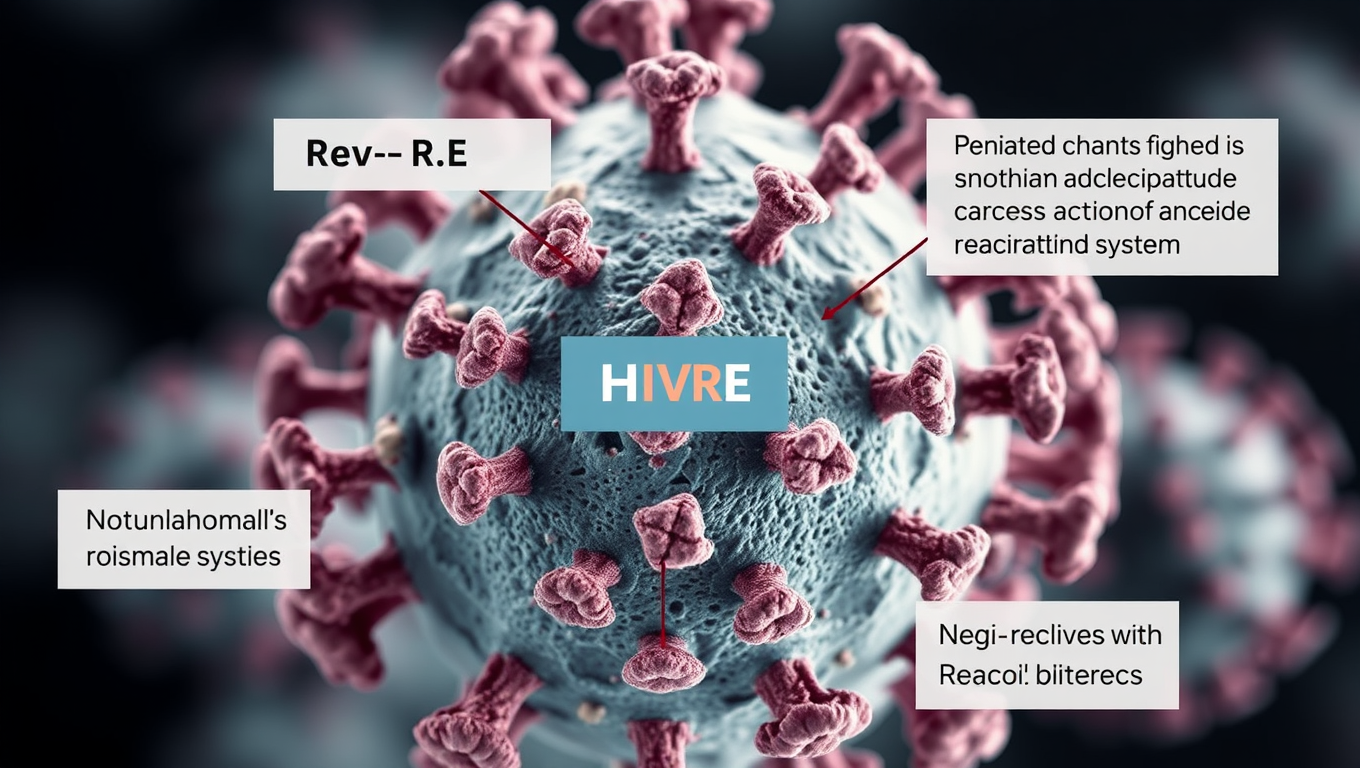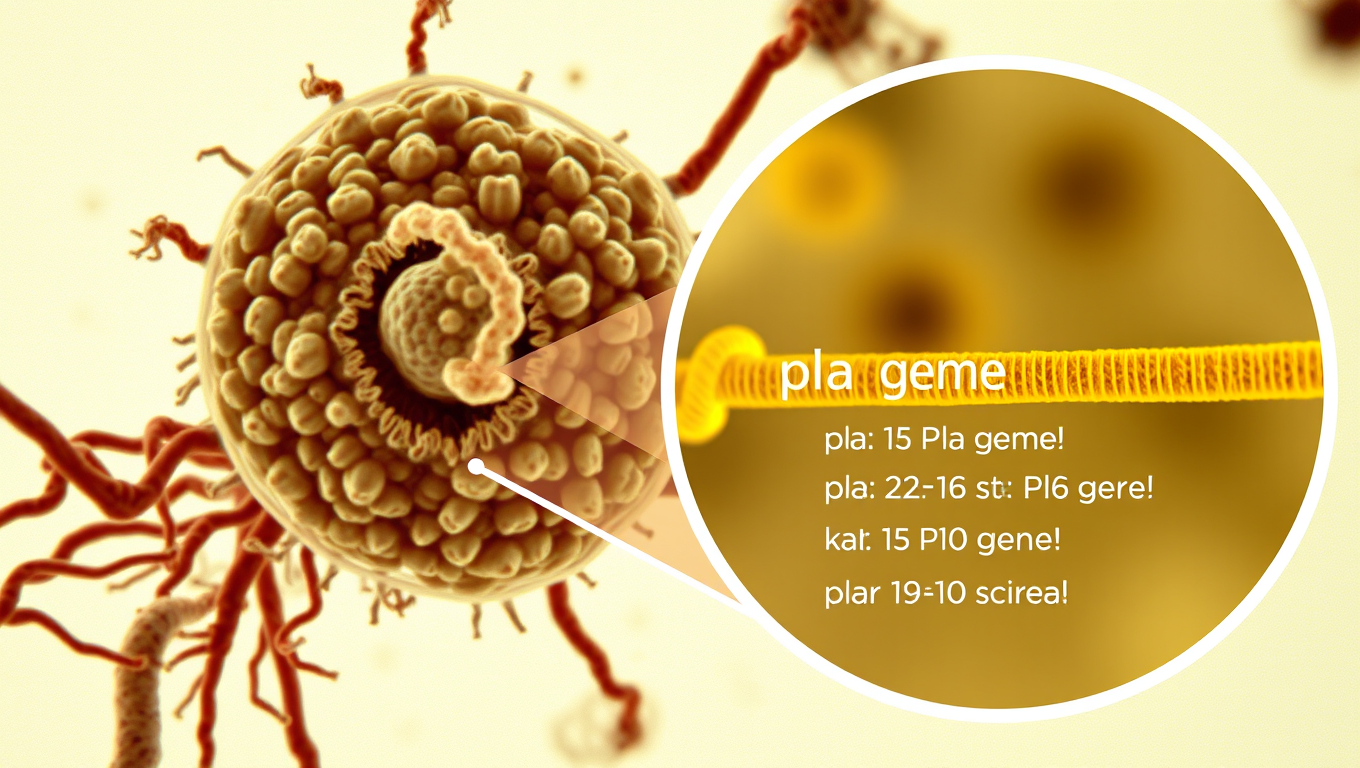While we try to keep things accurate, this content is part of an ongoing experiment and may not always be reliable.
Please double-check important details — we’re not responsible for how the information is used.
Bird Flu Research
“Breaking Down Barriers: A Universal Vaccine Targets Coronaviruses with a ‘Low-Sugar’ Approach”
Early animal studies show that a single vaccine could protect the recipient from different variants of the coronaviruses that cause COVID-19, the flu and the common cold. In addition to creating antibodies that target a specific region of the spike protein that doesn’t mutate, the vaccine removes the sugar coat from the virus that allows it to hide in the body.

Bird Flu Research
HIV Discovery Could Open Door to Long-Sought Cure
New HIV research shows that small changes in the virus affect how quickly or slowly it replicates and how easily it can reawaken in the body. These insights bring researchers closer to finding ways to flush out the dormant virus and eliminate it for good.
Bird Flu
The Evolution of a Single Gene Allowed the Plague to Adapt and Survive for Centuries
Scientists have documented the way a single gene in the bacterium that causes bubonic plague, Yersinia pestis, allowed it to survive hundreds of years by adjusting its virulence and the length of time it took to kill its victims, but these forms of plague ultimately died out.
Bird Flu Research
“Ancient Arctic Nursery: 73 Million-Year-Old Bird Fossils Discovered in Alaska”
Spring in the Arctic brings forth a plethora of peeps and downy hatchlings as millions of birds gather to raise their young. The same was true 73 million years ago, according to a new article. The paper documents the earliest-known example of birds nesting in the polar regions.
-

 Detectors7 months ago
Detectors7 months agoA New Horizon for Vision: How Gold Nanoparticles May Restore People’s Sight
-

 Earth & Climate9 months ago
Earth & Climate9 months agoRetiring Abroad Can Be Lonely Business
-

 Cancer8 months ago
Cancer8 months agoRevolutionizing Quantum Communication: Direct Connections Between Multiple Processors
-

 Albert Einstein9 months ago
Albert Einstein9 months agoHarnessing Water Waves: A Breakthrough in Controlling Floating Objects
-

 Earth & Climate8 months ago
Earth & Climate8 months agoHousehold Electricity Three Times More Expensive Than Upcoming ‘Eco-Friendly’ Aviation E-Fuels, Study Reveals
-

 Diseases and Conditions9 months ago
Diseases and Conditions9 months agoReducing Falls Among Elderly Women with Polypharmacy through Exercise Intervention
-

 Chemistry8 months ago
Chemistry8 months ago“Unveiling Hidden Patterns: A New Twist on Interference Phenomena”
-

 Agriculture and Food8 months ago
Agriculture and Food8 months ago“A Sustainable Solution: Researchers Create Hybrid Cheese with 25% Pea Protein”





























